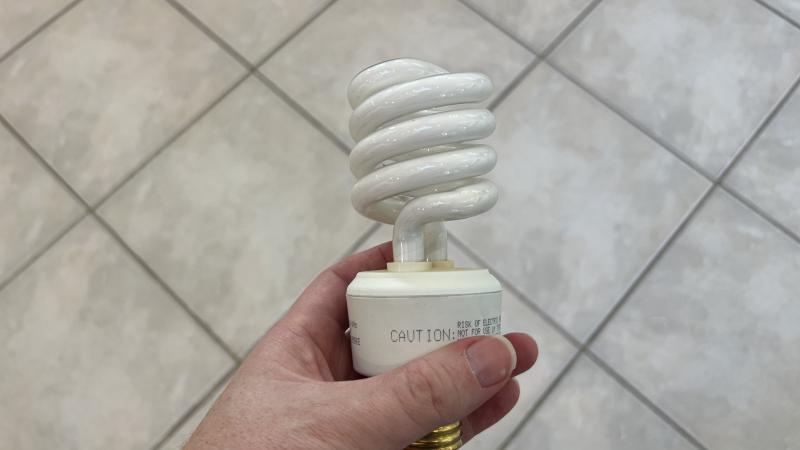California carbon emissions increased in 2022 despite ambitious reduction goals
California's emissions reduction plan requires it to reduce three times as much carbon dioxide emissions by 2030 than it did from 2000 to 2019.
California's carbon-dioxide emissions increase in 2022, despite having some of the most ambitious reduction targets in the country.
Emissions from 2021 to 2022 increased from 384 million tons to 386 million tons, according to preliminary data from the California Air Resources Board.
The state’s 2022 plan for achieving carbon neutrality calls for emissions reductions of 48% below 1990 levels by 2030.
To reach the goal, the state will need to reduce carbon-dioxide emissions by approximately 16 million tons a year, according to CARB.
From 2019 to 2000, the state’s emissions fell 12.3%.
To reach its 2030 target, according to CARB data, the state will need to reduce emissions by nearly three times that in just seven years.
California ranks second in total emissions, just behind Texas, according to the U.S. Energy Information Administration, but it ranks 48 in per-capita energy consumption.
As with all states, California is seeing its total electricity generation increase since the 2020 pandemic.
In 2022, according to the California Energy Commission, the state received over 38% of its total generation from natural gas and coal. Nuclear provided another 9.18%, and hydroelectric power put in over 10%. Wind and solar energy provided nearly 28%.















